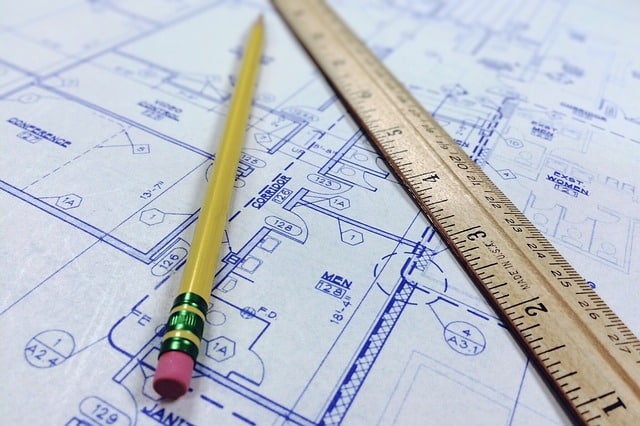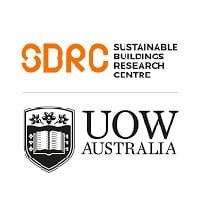An expert in sustainable building design says better insulation and more low income housing solar installations would benefit residents.
Professor Paul Cooper, director of the University of Wollongong Sustainable Buildings Research Centre, was speaking at the National Forum on Low Carbon Housing for Low Income Households yesterday.
Cooper told The Fifth Estate that there are families living in “dreadful accommodation”, yet they have the burden of paying large energy bills.

He said these situations were having a mental health impact on residents. In addition, he called for better regulations for insulation in new residential buildings to further reduce heating and cooling costs.
Barriers to low income housing solar installations
Cooper also alluded to the barriers to solar installations in low-income households. These include the cost of installation and the need for landlord approval in some cases.
Some councils across the nation are trying to remedy this by running council solar bulk buy programs. This is where councils negotiate with solar installers to obtain discounts for residents. Darebin City Council in Victoria paid for the installation and allowed residents to pay back the cost through their rates.
Then there’s the ACT Solar for Low Income Households program. Eligible participants get a subsidy of up to 60 per cent of the total cost of a solar system. They also receive a three-year interest-free loan to pay off the difference.
ACCC report shows low-income families suffer
The forum follows the Australian Competition and Consumer Commission (ACCC) report into electricity prices. The report also found electricity prices are having their greatest impact on low-income households.
The retail cost of electricity makes up about 23 per cent of bills on average. Network costs account for nearly half, while energy generation and environmental costs make up the rest.
The highest hit state for prices is South Australia, where consumers are paying 38.3 cents per kWh. South East Queensland follows at 33.1 cents, then Victoria (29.9c) and NSW (28.2c). In comparison, the EU average cost is 19 c/kWh.
The forum also discussed decentralised renewable energy generation for low income households. This is where a solar garden or similar array provides power when installation is not feasible on site.












































